Mayor of the moment
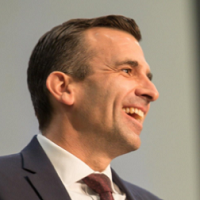
Sam Liccardo San Jose
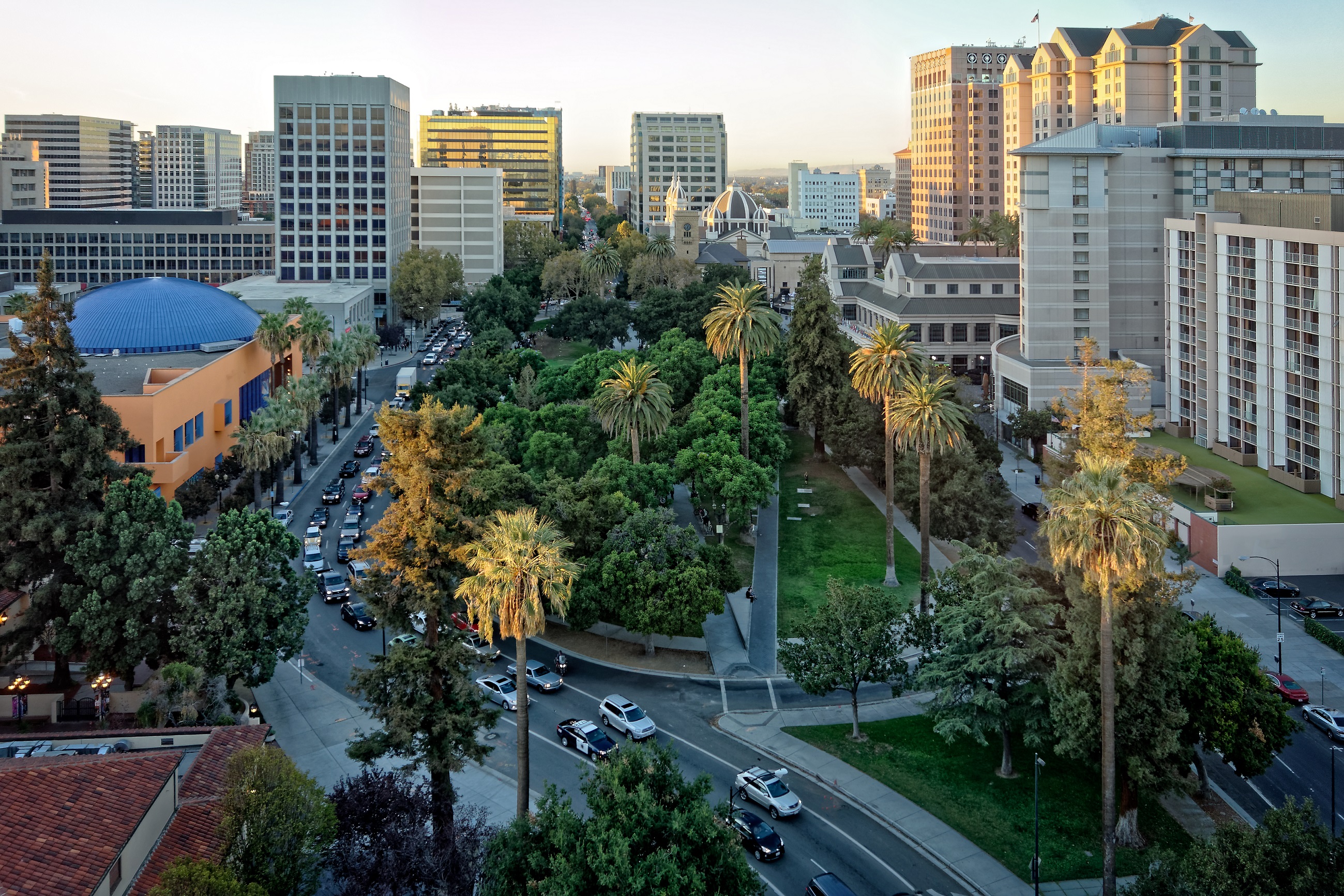
You have said, “In Silicon Valley’s capital, poverty and its accompanying human suffering amid tremendous regional prosperity is not a new phenomenon,” and spoken about using an ‘equity screen’ to prioritise city budgeting. What does this look like, and how is it enabling you to tackle some of the inequality challenges in San José?
A couple of years ago, we partnered with the Social Progress Imperative–a global organisation that tracks economic and social disparities between nations–to pilot the use of their Social Progress Index for the first time in a major U.S. city. Since that time, we’ve increasingly used a data-driven approach to better allocate scarce public dollars to the communities of highest need. By refocusing critical services to high-poverty neighborhoods, we can do more to provide critical support to our residents who face the greatest peril from food insecurity, joblessness, and rising rents.
It’s about much more than just budgeting though; it’s about engaging. For example, we’ve launched a series of initiatives to expand educational and economic opportunities for young people in our highest-poverty neighborhoods–focusing on after-school learning, digital equity, teen jobs, and coding classes. One of those initiatives, San José Aspires, uses more than $8 million in private fundraising and a digital platform to reduce informational and financial barriers to college for first-generation students. We launched an initiative to employ nearly 500 young adults from low-income neighborhoods in a first-of-its-kind “San José Resilience Corps” to expand food distribution channels, support our vaccine clinics, and to clear defensible open space in our city’s wildfire-prone areas like parks and foothills. More than 90% of our participants are young, non-white, people of colour, and they earn an average of $23 an hour on top of learning skills that will help their transition to their next career steps.
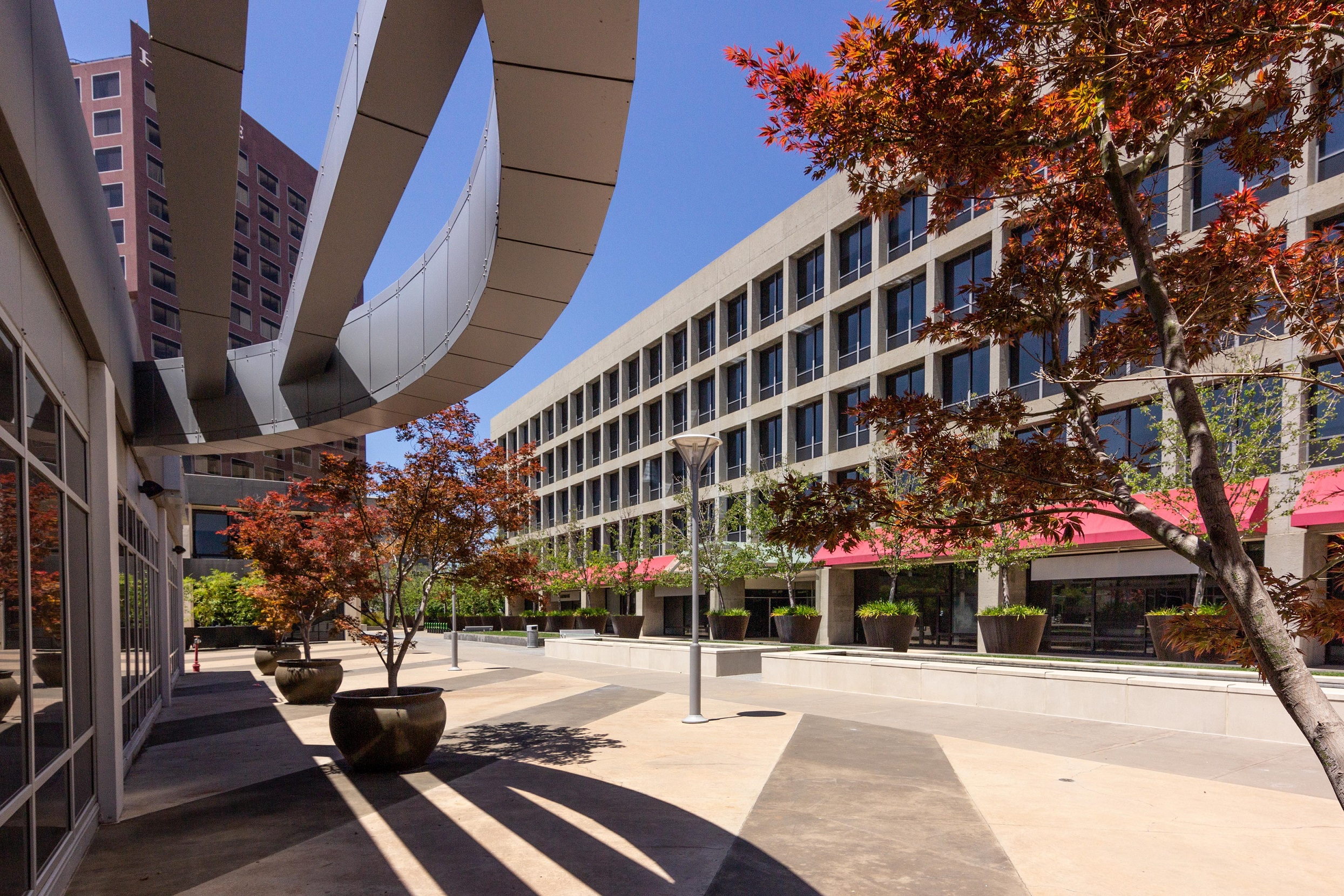
San José’s Smart City Vision, and efforts to bridge the digital divide, led to the Center for Digital Government naming San José as the most innovative local government in the USA in 2020. Can you give us an overview of the smart city initiatives aiming to make San José more inclusive?
Investing in our most valuable natural resource–our young people–starts with education, but too many of our students lack internet connectivity at home to enable them to learn. We launched a Digital Inclusion initiative in 2017, leveraging dollars which we negotiated in agreements with major telecommunication companies– to accelerate their deployment of “small cells” citywide–to invest in community-based programs to teach digital skills and provide devices and connectivity to low-income families.
Nonetheless, when the pandemic hit in 2020, we still had more than 60,000 San José students unable to reliably learn remotely, so we partnered with the Eastside Union High School District to accelerate the buildout of a community wi-fi system to provide free broadband connectivity to more than 100,000 residents in East San José neighborhoods by 2021. By the end of this year, we’re on pace to connect more than 300,000 residents, a population equivalent to the city the size of Pittsburgh, Pennsylvania or St. Louis, Missouri. Working with our schools and device refurbishers like Revive, we’ve distributed hotspots and laptops to tens of thousands of students. We have largely closed the digital divide among our youth. We still have much work to do, of course, but we’re making progress.
We’re also using a digital platform to support our private-public initiative, San José Aspires. It provides 1,200 high school students from financially-struggling families with a “road map” to higher education, identified with “breadcrumbs” of microscholarships awarded for their college-going decisions, actions, and accomplishments in high school. The average California public high school student receives only about 12 minutes of college counseling between freshman year and graduation from high school. San José Aspires awards virtual “scholar dollars” that transform to real dollars upon the student’s high school graduation, to be used to offset college expenses. We hope that San José Aspires can become a model for philanthropic support of educational equity from a much earlier age for children, and for carving pathways for first-generation students to university and beyond.
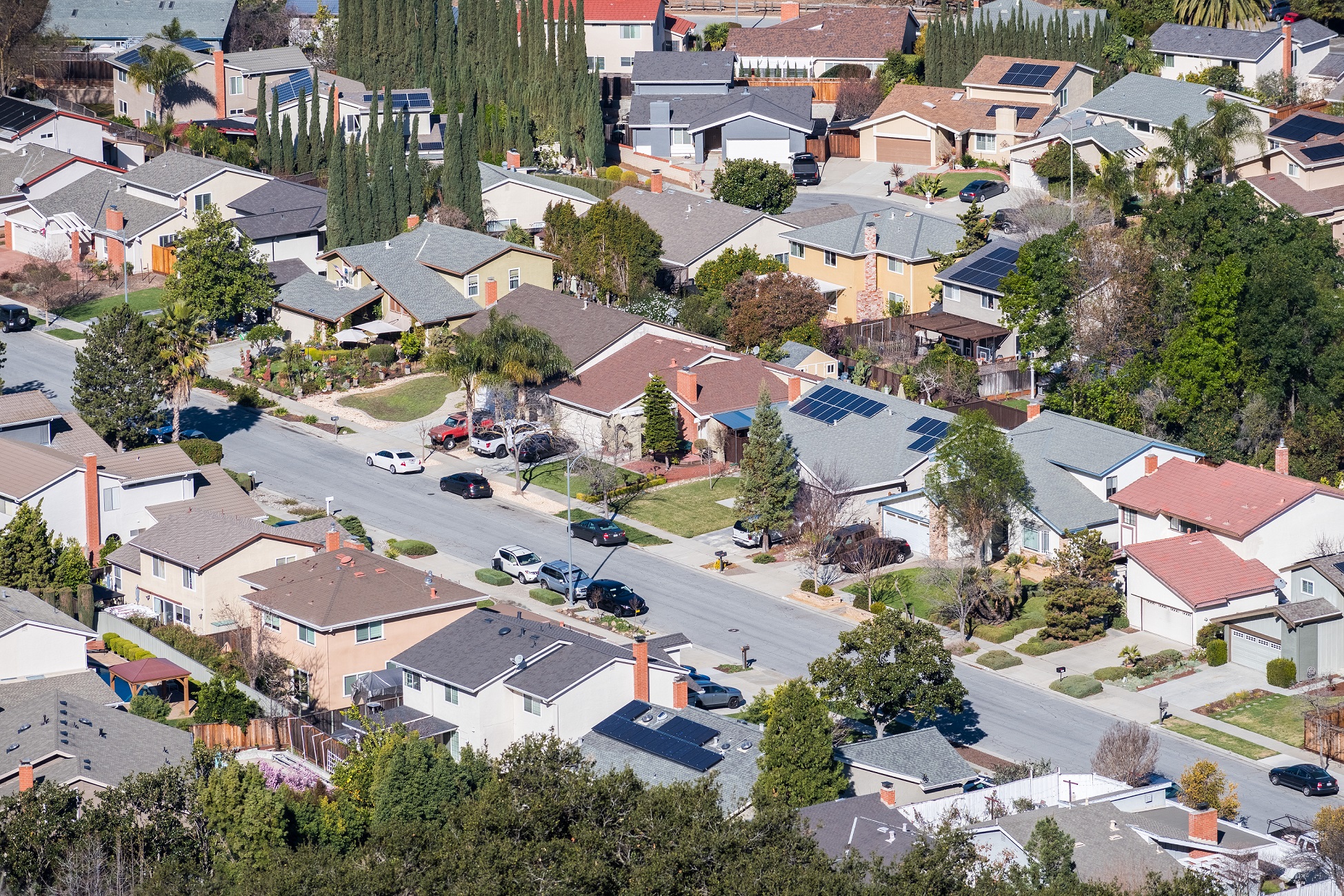
San José has a dedicated innovation team and uses the innovation roadmap Smart City Roadmap 2.0 to prioritise city innovation projects. How did innovation help in the city’s response to COVID-19, and how have you used it to foster inclusive economic growth?
We deployed data and technology in a host of ways to dramatically improve our pandemic response. We were one of the very first cities in the nation to test wastewater to ascertain and predict trends in COVID infection rates. We deployed geomapping and data analytics to dramatically scale food distribution for more than two million meals per week across greater Santa Clara County. Through creative public-private partnerships that engaged community influencers on social media in multiple languages, we were able to drive the highest vaccination rate of any major city in the U.S. Our efforts in East San José to rapidly build out wi-fi connected thousands of families needing to have their children log in for school or to get health information. Perhaps our greatest accomplishment, though, was the use of prefabricated, modular housing to build apartment units, with ensuite bathrooms and communal amenities, for hundreds of unhoused residents with faster, more cost-effective construction than ever before. In a place such as the Bay Area where the average cost of construction of a singular unit of housing hovers above $800,000, we showed here in San José that it is possible to build homes for our residents most in need at a fraction of the time and cost.
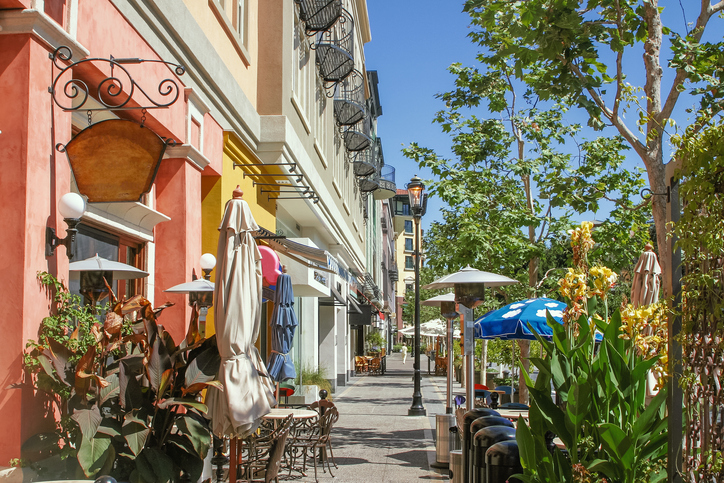
San José was one of the first cities in the US to commit to emission reduction targets in line with the Paris Climate Agreement. The city declared a climate emergency in 2019 and committed to using the action plan ‘Climate Smart San José’ to reduce emissions by 80 % and become carbon-neutral by 2030. Can you tell us about some of the initiatives you are using to tackle climate change and promote sustainability in the city and how you ensure they benefit all residents?
Reinforcing our national leadership in the fight against climate change, San José recently became the largest city in the country to set an ambitious goal to go carbon-neutral by the end of the decade. To put it simply, our strategy has two basic elements: greening the grid, and then electrifying the economy to take advantage of zero-emission electricity.
In 2018, we became the largest U.S. city to launch a “community choice energy” utility, San José Clean Energy, which today provides our city of one million residents with energy that is 95% GHG-free, from renewable or hydroelectric sources purchased both in California and beyond. San José Clean Energy has invested in several large-scale solar and wind projects to provide a stable source of electricity, combined with energy storage – the largest of which we just completed on a portion of a major U.S. Air Force Base in California’s Central Valley.
With a much greener grid, we’re able to dramatically reduce emissions by pushing more of our transportation and buildings off of fossil fuels, to electricity – an integral component to our carbon neutral goal considering nearly ⅔ of our GHG emissions come from transportation. On the transportation front, we’re working with regional partners on a $2 billion electrification of a key commuter train system Caltrain, and we’ve deployed the largest airport fleet of electric buses at San José Mineta International. We have the highest use of electric vehicles of any major U.S. city, and we’re changing codes to get electric charging infrastructure installed in all new buildings. Speaking of buildings, San José became the largest U.S. city in 2019 to mandate that all new building construction be gas-free, and all-electric. With all of these efforts, we hope to inspire other cities to follow our lead, so that we can collectively achieve our climate goals.

